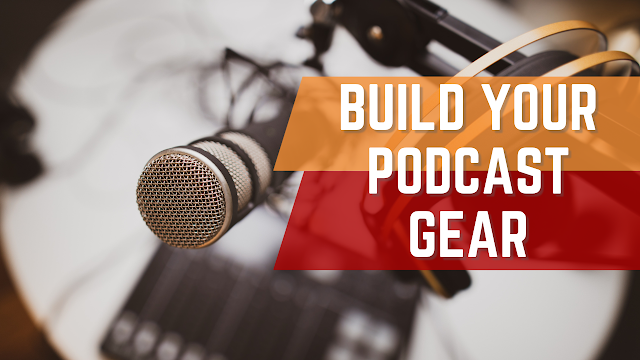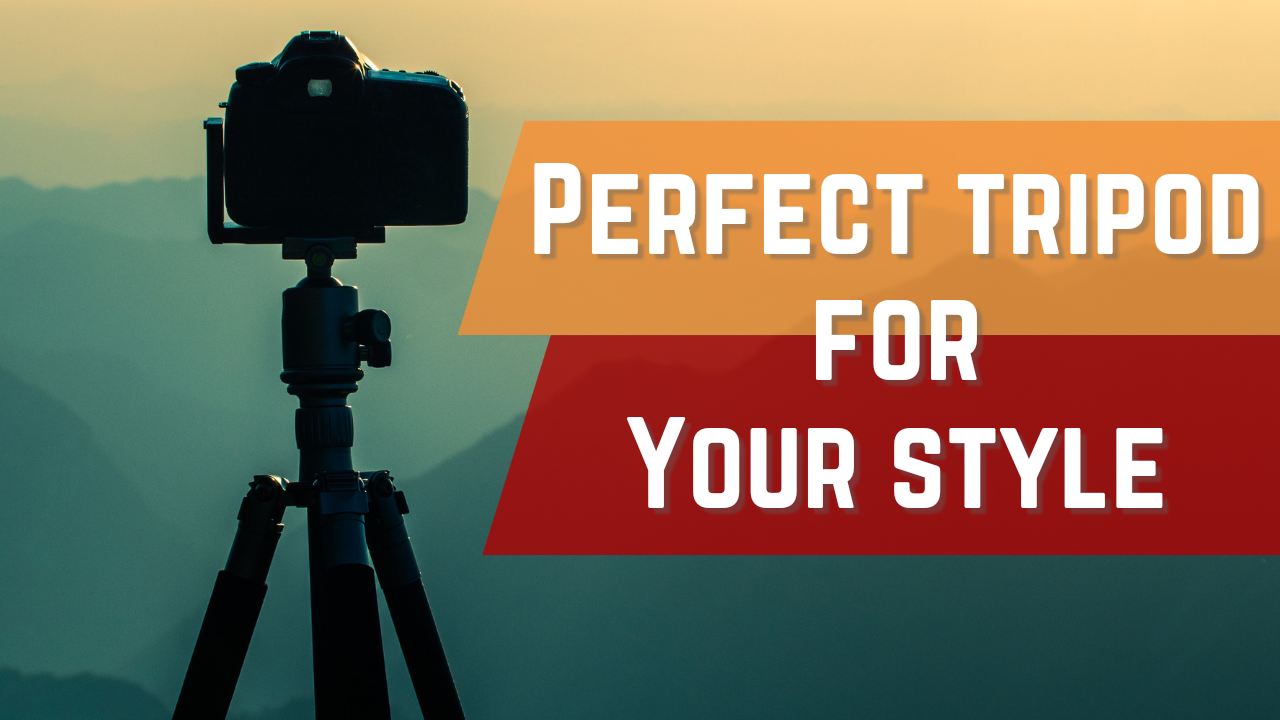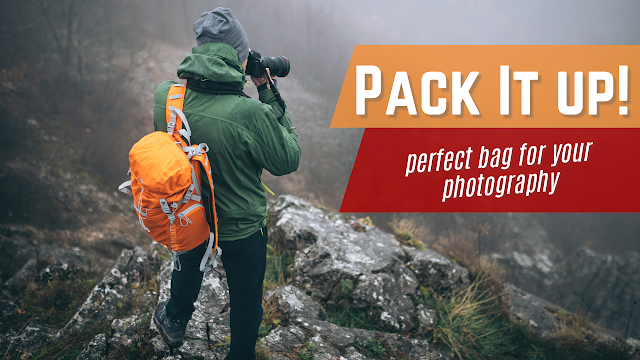Build Your Podcast Gear
Starting a podcast is a great way to share your knowledge and passion with the world. But with so many different equipment options available, it can be tough to know where to start.
In this guide, I'll walk you through the major pieces of equipment you need to start a podcast, and provide some suggestions for specific products based on your budget and needs.
Microphone
The microphone is the most important piece of equipment for any podcaster. A good microphone will pick up your voice clearly and reduce background noise.
Here are three microphone suggestions:
Audio-Technica ATR2100-USB Cardioid Dynamic USB/XLR Microphone (average price: $60): This is a great all-around microphone for podcasting. It's affordable, easy to use, and produces high-quality audio.
Rode Podcaster Dynamic Microphone (average price: $220): This microphone is popular among podcasters for its warm, rich sound. It's also very durable, so it can withstand the rigors of regular use.
Shure SM58 Cardioid Dynamic Vocal Microphone (average price: $100): This microphone is a classic for a reason. It's reliable, produces great sound, and is affordable.
Computer
Any computer will work for podcasting, but I recommend using a laptop or desktop computer with a powerful processor and plenty of storage space. This will make it easier to record and edit your podcast episodes.
Here are three computer suggestions:
MacBook Air (average price: $999): The MacBook Air is a great all-around laptop for podcasting. It's lightweight, portable, and has a long battery life.
Dell XPS 13 (average price: $999): The Dell XPS 13 is another great option for a portable podcasting computer. It's thin and light, and it has a beautiful display.
Microsoft Surface Laptop 4 (average price: $999): The Microsoft Surface Laptop 4 is a good choice for podcasters who want a Windows laptop. It has a powerful processor and a long battery life.
Recording software
There are many different recording software programs available, both free and paid. Some popular options include Audacity, GarageBand, and Adobe Audition.
Here are three recording software suggestions:
Audacity (free): Audacity is a free and open-source recording software program that is perfect for podcasters. It's easy to use and has all the features you need to record and edit your podcast episodes.
GarageBand (Mac) / GarageBand (Windows) (free): GarageBand is a free recording software program that is included with all Mac computers. It's easy to use and has a lot of features, but it's not as comprehensive as some of the other options on this list.
Adobe Audition ($20.99/month): Adobe Audition is a professional audio editing software program. It's more expensive than the other options on this list, but it has more features and is more powerful.
Headphones
Headphones are essential for monitoring your audio levels while you are recording. They can also be used for editing your podcast episodes.
Here are three headphone suggestions:
Audio-Technica ATH-M50x Professional Monitor Headphones (average price: $150): These headphones are a great choice for podcasters because they provide excellent sound quality and isolation.
Sony WH-1000XM5 Wireless Noise Canceling Headphones (average price: $398): These headphones are a good choice for podcasters who want to be able to record in noisy environments.
Bose QuietComfort 45 Wireless Noise Canceling Headphones (average price: $329): These headphones are another good option for podcasters who want noise cancellation.
Pop filter
A pop filter helps to reduce plosives, which are the popping sounds that can occur when you pronounce certain consonants.
Here are three pop filter suggestions:
Auphonix Pop Filter (average price: $10)
Neewer NW-3 Pop Filter (average price: $7)
Aokeo Pop Filter (average price: $6)
Mic stand
A mic stand helps to keep your microphone in place and reduces vibration.
Here are three mic stand suggestions:
NEEWER Microphone Stand Boom Scissor Arm (average price: $20)
Amazon Basics Microphone Stand (average price: $15)
K&M 210/9 Microphone Stand (average price: $25)
Audio interface (optional)
An audio interface is an external device that connects your microphone to your computer. It can improve the sound quality of your recordings, but it is not essential.
Here are three Audio interface suggestions:
Focusrite Scarlett 2i2 USB Audio Interface (average price: $150)
PreSonus AudioBox USB 96 Audio Interface (average price: $100)
Audient iD14 Audio Interface (average price: $200)
Mixer (optional)
A mixer allows you to connect multiple microphones and other audio sources to your computer. It can also be used to add effects to your audio.
Here are three Mixer suggestions:
Mackie 802VLZ4, 8-channel Ultra Compact Mixer with High Quality Onyx Preamps (average price: $200)
Behringer Xenyx 802s 8-Channel Mixer (average price: $100)
Yamaha MG06X 6-Channel Mixer (average price: $150)
Conclusion and Additional Tips for Buying Podcast Equipment
Once you've decided on the equipment you need, it's time to start shopping. Here are a few additional tips to keep in mind:
- Do your research. Don't just buy the first piece of equipment you see. Read reviews and compare different products before you make a purchase.
- Consider your budget. Podcast equipment can range in price from a few dollars to several thousand dollars. Set a budget before you start shopping and stick to it.
- Buy used equipment. You can save a lot of money by buying used podcast equipment. Just be sure to inspect the equipment carefully before you buy it to make sure it's in good condition.
- Don't forget the accessories. In addition to the basic equipment, you'll also need some accessories, such as cables, mic stands, and pop filters.
- Once you've purchased your equipment, it's time to start recording! Here are a few final tips:
- Set up a recording space. Find a quiet place to record where you won't be interrupted.
- Test your equipment. Before you start recording, make sure to test your equipment to make sure it's working properly.
- Record in a practice session. Before you start recording your podcast, do a practice session to get the hang of using your equipment and to make sure you're happy with the sound quality.
*Disclaimer:
I am an affiliate partner with Amazon.com. This means that if you purchase any of the products I recommend through the links in this blog post, I may receive a small commission. However, this will not affect the price you pay for the product.
I appreciate your support, as it helps me to provide better quality tech tips in the future. Thank you!











Comments
Post a Comment